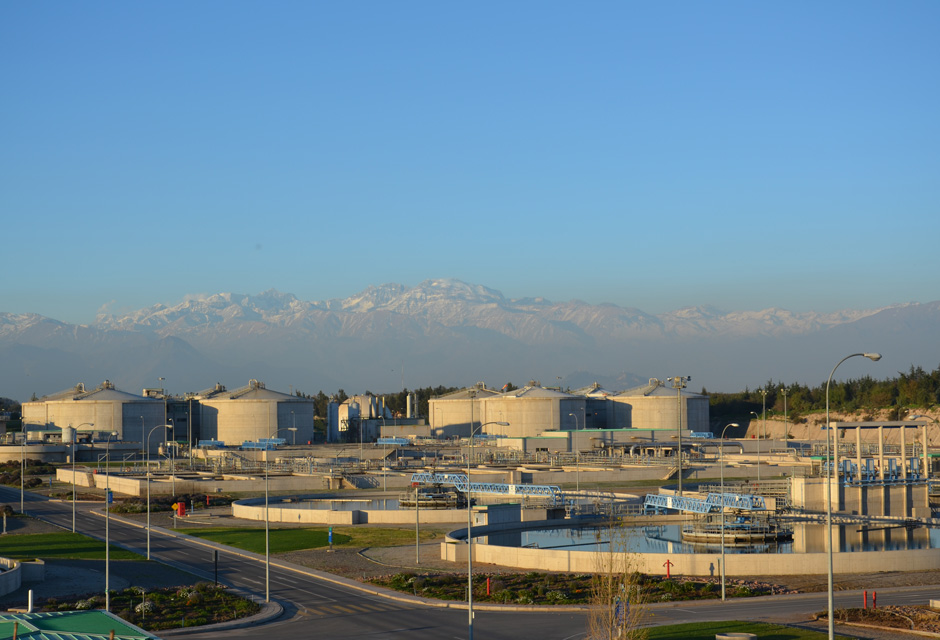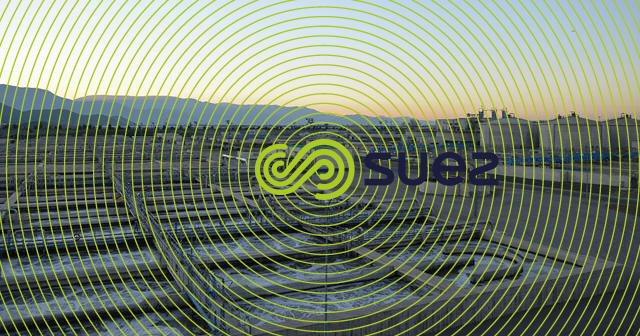La Farfana wastewater treatment plant (Chile)

La Farfana wastewater treatment plant, which was completed in record time, is the fruit of SUEZ’s expertise in the field of wastewater pollution removal.
In order to treat urban water from 50% of the population of Santiago (population equivalent of 3.7 million people), Aguas Andinas, the company managing water and sanitation for the Santiago metropolitan region, assigned SUEZ the construction of the largest wastewater pollution removal plant in Latin America, with a capacity of 8.8 m3/s.
The wastewater follows the traditional path of screening, then grit and grease removal, primary settling, biological treatment and clarification before finally being disinfected in chlorine prior to discharge.
The sludge benefits from a full treatment line: thickening that is gravity-based or uses flotation, digestion, dewatering, drying and discharge. The plant now produces 120 tonnes of dry solids per day.



water treatment line
- Screening (40 mm and 6 mm)
- Grit and grease removal: 8 tanks measuring 8 m x 30 m (72 Vibrairs and 8 Aerofl ots)
- Primary settling: 16 works measuring 20 m x 65 m. Depth of between 3.95 m and 4.6 m
- Biological treatment: 16 works, each measuring 11,000 m3. 16 clarifiers with a diameter of 50 m
- Disinfection treatment using chlorine in 4 contact tanks with a total capacity of 21,000 m3
sludge treatment line
- Gravity-based thickening: 4 works with a diameter of 26 m
- Biological flotation: 6 works with a diameter of 20 m
- Anaerobic digestion: 8 works with a diameter of 34 m and a water depth of 15.5 m each
- Storage of biogas in 2 tanks - Sulphur removal
- Storage of the digested sludge:
- 3 tanks with a total capacity of 15,200 m3
- Dewatering using 5 Guinard centrifuges
- Drying
Bookmark tool
Click on the bookmark tool, highlight the last read paragraph to continue your reading later










